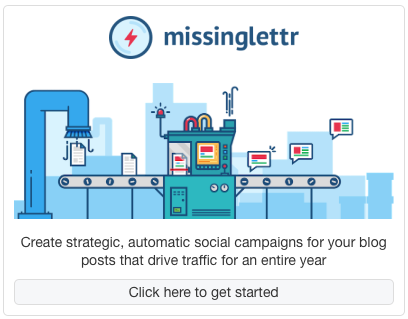Search Engine Optimization (SEO) is a powerful tool that can help you improve your website’s visibility on search engines like Google, driving organic traffic and potential customers to your site. While SEO might seem overwhelming at first, here is a little beginner’s walkthrough on the basics, giving you the confidence to embark on your SEO journey.
1. Understanding SEO
SEO is the practice of optimising your website to rank higher in search engine results pages (SERPs). When a user searches for a specific keyword or phrase related to your content, you want your website to appear among the top results. This increased visibility can lead to more organic traffic, which is unpaid and comes from genuine user interest.
2. Keyword Research
Keyword research is the foundation of successful SEO. Start by identifying relevant keywords and phrases that your target audience is likely to use when searching for information related to your content or business. Utilise tools like Google Keyword Planner or SEMrush to find keywords with a good balance between search volume and competition.
3. On-Page Optimization
On-page optimization involves optimising individual web pages to improve their search engine rankings.
This includes:
- Title Tags: Craft compelling and relevant title tags that include your target keywords.
- Meta Descriptions: Write concise and engaging meta descriptions that entice users to click through to your site.
- Header Tags: Use header tags (H1, H2, H3, etc.) to structure your content and make it easier for search engines to understand.
- Keyword Placement: Incorporate your target keywords naturally throughout your content, but avoid overstuffing.
- High-Quality Content: Create informative, valuable, and engaging content that addresses user needs.
4. Technical SEO
Technical SEO focuses on the backend elements of your website that impact search engine rankings. Ensure your website is mobile-friendly, has fast loading times, uses HTTPS for secure browsing, and has a clear site structure for both users and search engines to navigate.
5. Off-Page SEO
Off-page SEO refers to activities outside your website that influence its visibility. The most notable off-page SEO technique is building high-quality backlinks from reputable websites. Guest posting, influencer outreach, and social media promotion can help you earn these valuable backlinks.
6. Local SEO
For businesses targeting a specific geographic area, local SEO is essential. Create a Google My Business profile, ensure consistent NAP (Name, Address, Phone Number) information across directories, and encourage customer reviews.
7. Analytics and Monitoring
Regularly monitor your SEO efforts using tools like Google Analytics and Google Search Console. These tools provide insights into your website’s performance, traffic sources, keyword rankings, and more. Analyzing this data will help you identify what’s working and where you can improve.
8. Patience and Adaptability
SEO is not a quick fix; it’s a long-term strategy that requires patience. Search engine algorithms evolve, so stay updated with industry trends and adapt your approach accordingly. It might take time to see significant results, but the effort is worth it.
As you embark on your SEO journey, remember that confidence comes with practice and understanding. By grasping the fundamental concepts of SEO, conducting thorough keyword research, optimising your on-page and technical elements, and staying patient as you monitor and adapt your strategies, you’ll be well on your way to confidently navigating the world of search engine optimisation.









